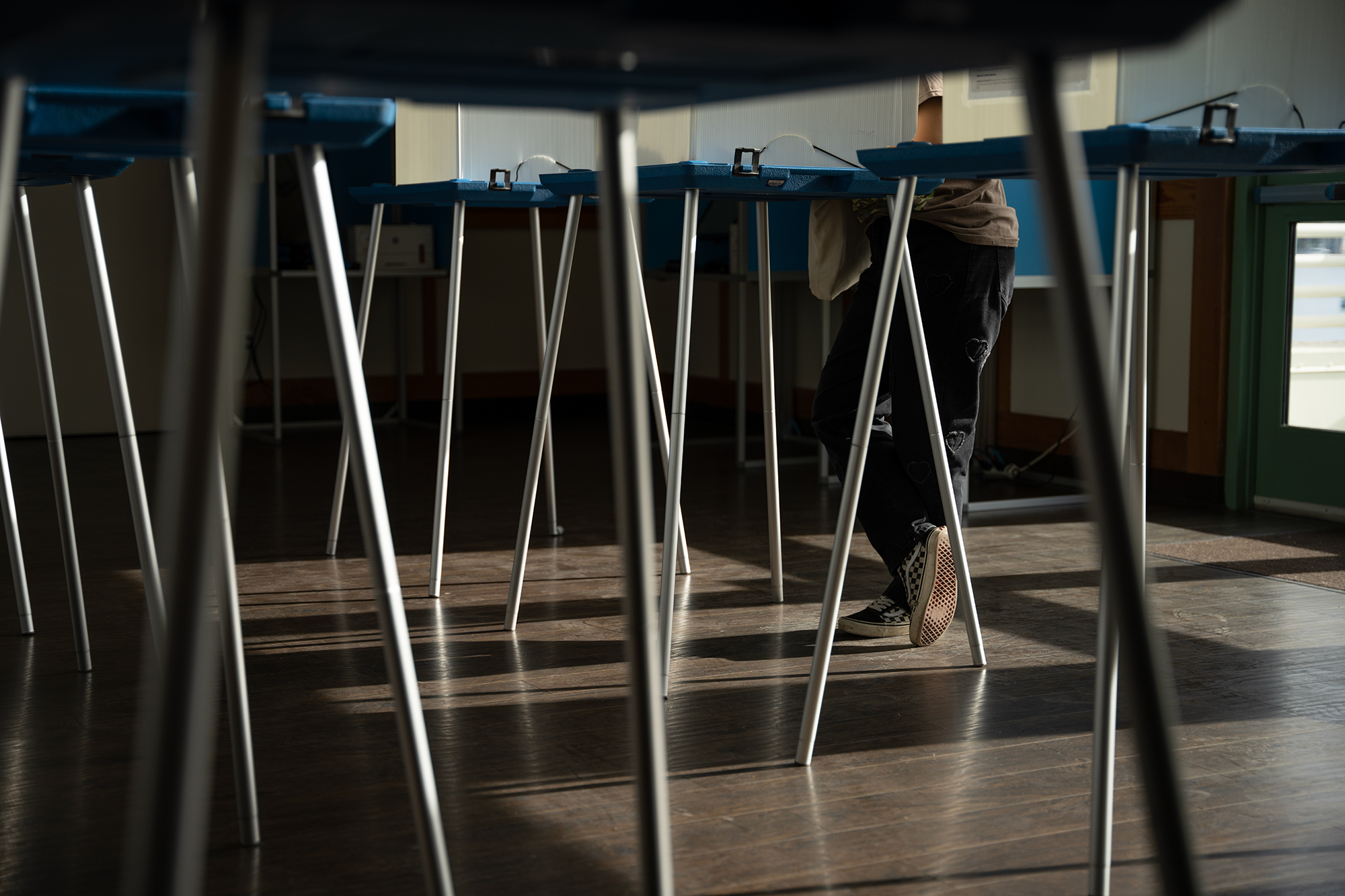

The complaints and questions surface after every election: It takes California way too long to count all the votes. It’s unfair to candidates and their supporters in close races to make them wait. Is there something nefarious going on?
It’s all happening again, further eroding public confidence in elections: In California’s 45th Congressional District, Republican U.S. Rep. Michelle Steel and Democratic challenger Derek Tran are neck and neck, with Tran leading by a mere 314 votes as of late Tuesday. But because Steel was leading by more than 11,000 votes days after the election, some congressional Republicans are decrying the flip as evidence of Democrats “stealing the seat.”
And while Assemblymember Joe Patterson easily won his bid for reelection, the Rocklin Republican is taking issue with being sworn in for his second term on Dec. 2, three days before county elections officials must certify the results and nearly two weeks before the Secretary of State’s deadline.
In 2022 Christy Holstege went through the Assembly’s freshmen orientation, only to find out later that her opponent, Republican Assemblymember Greg Wallis of Rancho Mirage, won after all the votes were tallied.
Now, their rematch is one of five legislative races that still haven’t been called — and one of the contests being tracked by the California Voter Foundation. Its goal: To rebuild public trust in the vote count by showing which candidate is leading in close contests day by day, explains CalMatters politics reporter Yue Stella Yu.
Its tracker provides updates on 11 competitive U.S. House races and seven state legislative races. It also tracks candidates’ vote share, and both the number of votes that are counted and remain uncounted.
- Kim Alexander, foundation president: “If someone came along later and said, ‘Something hinky is going on here,’ there would be a reliable source of information people could turn to to see how the vote count evolved over time.”
The reasons why California takes so long to count votes are varied. But it doesn’t always have to be this way, says Alexander. For instance, the state could allow voters to opt out of vote-by-mail; provide more staffing and better equipment to county election officials; and invest in more voter outreach that emphasizes submitting ballots sooner.
Read more on the foundation’s tracker in Stella’s story.
Prop. 32 defeated: The statewide ballot measure to increase the hourly minimum wage from $16 to $18 failed, with 50.8% of voters rejecting the proposal. AP called the contest Tuesday, a day after opponents declared a “historic” victory given previous successful attempts at raising the wage. But the Yes on Prop. 32 campaign said its efforts “laid essential groundwork for future wage advocacy” and that the “fight for fair wages is far from over.”
Voter turnout: While votes are still being tallied, it appears that turnout this year has dropped from the 2020 peak, closer to the average for presidential elections in California. Based on current counts of about 16 million votes cast, that would mean as many as 1.7 million fewer than in November 2020, according to an analysis by the Public Policy Institute of California. That would be a nearly 10% drop in turnout, but the total number of votes cast would still be far more than the 14.6 million in 2016 and 13.2 million in 2012.




